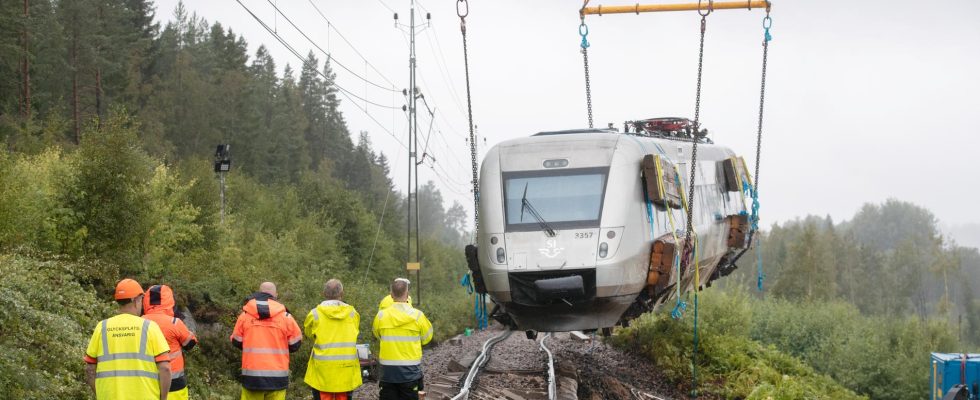Save the article
Preliminary figures for June–August show that 86.7 percent of Swedish passenger trains arrived on time during the summer. This is a decrease of 3.2 percentage points compared to the same period last year, according to the Swedish Transport Administration.
The authority’s preliminary figures show that 196,875 out of 227,160 passenger trains carried reached their final station on time during the period June to August.
The Swedish Transport Administration explains that punctuality has been most affected by the summer’s two derailments: the one that hit the section towards Arlanda at the end of May, where both track infrastructure and tracks and switches were damaged, and the one just south of Hudiksvall at the beginning of August after heavy downpours.
“That it was a wet end to the summer, to say the least, shows statistics on how many times during the month of August we normally have flooding as a cause of delay,” says Anna Ericsson, head of the Traffic business area, in a press release and continues:
“For the past ten years, in August there have been on average a little over 300 departures that have been affected, but this year the corresponding figure was 1,800. Such an extreme top listing obviously does not go unnoticed, but has a direct impact on regularity and punctuality.”
The railway industry’s definition of punctuality is a train arriving at its terminus on time plus five minutes. If the train is six minutes late, or more, into the station, it is counted as late.
